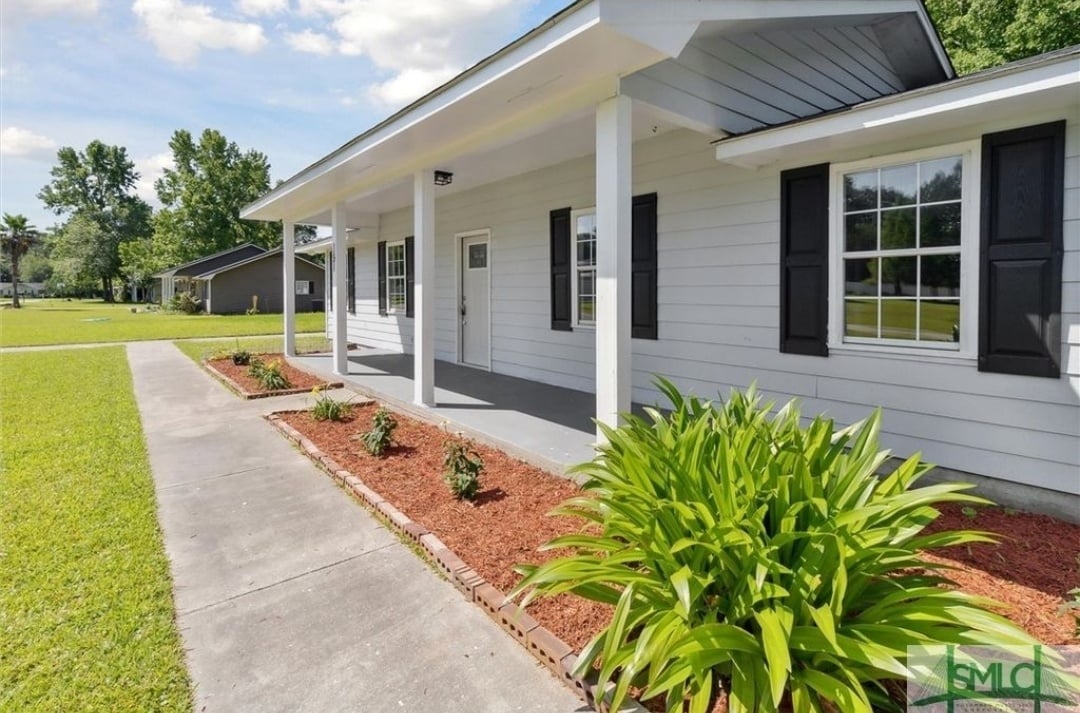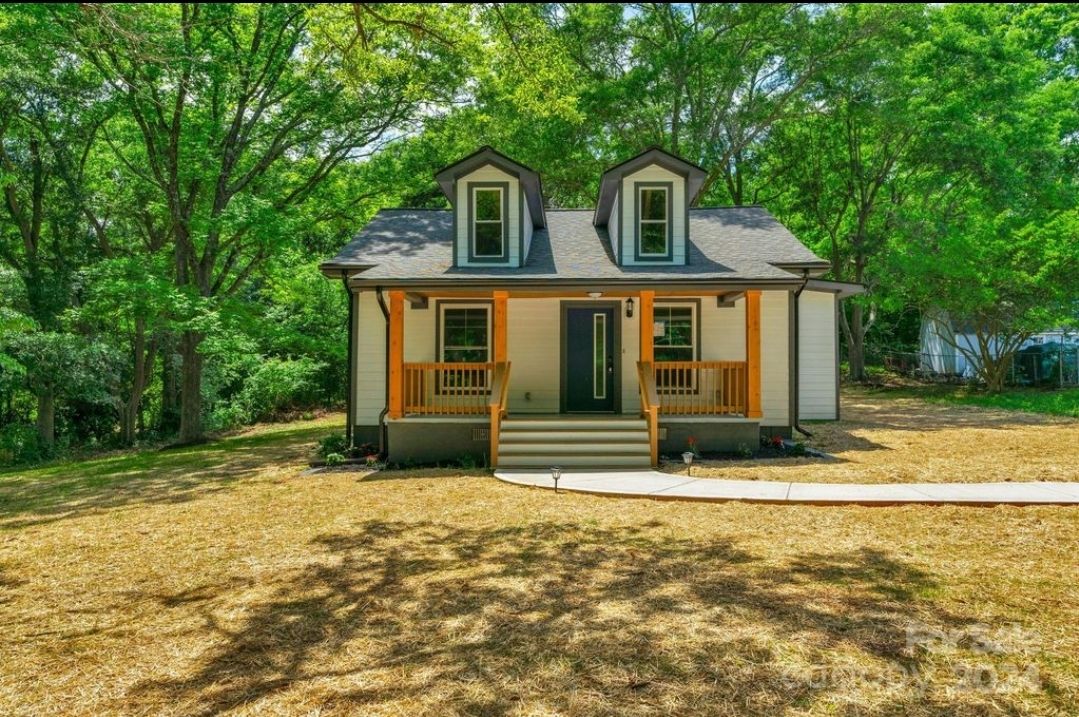Real estate investors are always seeking out the next lucrative venture. One method that has gained serious traction for its ability to compound and expand portfolios is the BRRRR method - Buy, Rehab, Rent, Refinance, Repeat. While it sounds like a straightforward way to harness the market in your favor, there are a number of mistakes that can make this strategy a lot riskier than it needs to be. For both seasoned and novice investors looking to try their hand at BRRRR, avoiding these mistakes is essential for success.
Related Blog: The Ultimate Guide to the BRRRR Method in Real Estate Investing
1. Borrowing Too Much Money
The heart of the BRRRR method is to pull out as much of your initial capital as possible. However, being too aggressive with borrowing can lead to high monthly payments and put you in a financial pinch if market conditions change suddenly. Aim for a comfortable debt-to-equity ratio and consider the worst-case scenario. Will your property still be profitable if rent prices drop or your refinancing options aren’t as favorable as you had hoped?
Leverage can be a double-edged sword. While it can multiply your real estate returns, over-leveraging can lead to significant financial stress, especially if the market takes a downturn.
2. Basing Your Numbers on Constant Market Growth
Real estate markets are notoriously fickle. Interest rates, homebuyer demand, and rental prices will rise and fall. When the market is in your favor, the profits can be substantial, but sustainable investing comes from conservative number-crunching.
The 70% rule is a crucial guideline for investors using the BRRRR method, aimed at mitigating the risk of overpaying for a distressed property. It states that you should not pay more than 70% of the property's After Repair Value (ARV), minus the costs of necessary repairs. This rule helps ensure a safety margin that accounts for unexpected expenses or shifts in the market. By adhering to the 70% rule, investors can protect their investment and maximize potential profits, keeping the project financially viable even when faced with unforeseen challenges. It’s a simple yet effective way to maintain fiscal discipline and prevent over-investment in a single property.
3. Overestimating the After Repair Value
ARV, or After Repair Value, is a common tool used to guide renovations and define the potential value of the property post-rehab. It’s critical to be realistic about what the property's value will be post-rehabilitation. This requires extensive research. Utilize multiple appraisal methodologies and understand the market's historical performance. A property may be in a hot market, but don’t assume that just because similar homes are valued at a certain amount, that your unique investment will.
To calculate ARV, review recent sales data for houses similar to yours in size and bed/bath counts, and within a mile of your property. Real estate agents can do a comparative market analysis of such properties for your consideration in deriving an ARV. It's wise to be conservative in your ARV projection to account for unexpected market fluctuations. By being cautious with your estimations, you can better safeguard your investment.
4. Going Out of Scope on Renovations
Scope creep poses a significant challenge in renovation projects. While the adage "spend money to make money" holds true, excessive spending can lead to reduced returns. Focus on prioritizing repairs that offer the best return on investment, including cosmetic enhancements and addressing structural issues. For properties needing extensive work, concentrate on areas that provide the highest ROI, such as kitchen and bathroom upgrades, and enhancing curb appeal.
5. No Contingency Budget
Unexpected costs are a given in real estate. Once you start peeling back layers of old homes, there's no telling what you may find. If you're planning to tear down any walls or replace flooring, don't let surprises like asbestos, mold, or corroded piping get the better of your budget. Have a contingency budget of at least 10-20% of the total project cost to cover these problems, and you’ll save yourself a lot of stress and financial strain in the long run.
6. Underestimating Carrying Costs
Carrying costs for a rental property aren't just about the purchase, renovation, or mortgage. They encompass expenses for property maintenance while it's being rented out. This covers property taxes, insurance, loan interest, and utilities. Ignoring these costs during your ownership period can eat into your rental income significantly.
Vacancy rates and non-payment from tenants also contribute to carrying costs. When a property is vacant, there is a loss of rental income, and dealing with non-paying tenants can lead to legal fees. It's crucial to factor in these aspects to have a comprehensive understanding of the true costs associated with owning a rental property.
7. Forgetting to Check Your Lender’s Terms
Always read the fine print of a lender's agreement. Many financial institutions have terms in place to reduce their own risks, which can affect your ability to pull out the maximum funds in the refinance stage. The lender may require a specific "seasoning period" where your funds need to be in the property before they’ll refinance. Knowing and understanding these terms in advance can help you plan accordingly and avoid unnecessary delays and costs.
8. Lack of Relationships with Lenders
A strong network of lenders can be the difference between a successful BRRRR and a flop. Building relationships with lenders who understand your investment strategy and are willing to work with you is invaluable. Look for local and regional banks or private money lenders that specialize in investment properties or consider a strategic partnership with a private investor.
Establishing trust and rapport with these lenders not only enhances your credibility but also streamlines the execution of this strategy. By fostering strong connections, you can expedite the process and seize investment opportunities swiftly.
9. Oversaturation in One Market
While it’s smart to stick with what you know, it’s equally unwise to have all your properties concentrated in a single area. Economic downturns, changes in local regulations, or other unforeseen events can have a catastrophic impact if all your eggs are in one basket. Consider diversifying your assets across multiple markets to spread out your risk.
10. No Exit Strategy
Typically, a BRRR investor will plan to hold the property as a rental to produce passive income and leverage the equity from the renovation for a cash-out refinance to purchase the next property. But what if you can't qualify for a refinance? Perhaps, you're currently not working a W2 job and the debt-to-income ratio is too risky for a traditional lender.
You may need to find alternative funding for your next purchase like a debt service coverage ratio (DSCR) loan or other private lending solutions, like Skybeam Capital's loan programs, designed specifically for investors, flippers, builders, and wholesalers.
Familiarize yourself with the options and make sure you can meet the loan requirements. Whatever you decide to do with the property, plan your exit strategy before you make an offer or lift a hammer.
Ultimately, the BRRRR method can be an incredibly powerful tool in the real estate investor's arsenal, but it requires thoughtful planning. By avoiding these common mistakes, investors can increase their chances of financial success and grow their portfolios rapidly. Remember, successful real estate investment is about learning from others' mistakes and making smart decisions that protect and grow wealth over the long term.





.webp?width=851&height=771&name=Location%20Guide%20Cover2%20(1).webp)

